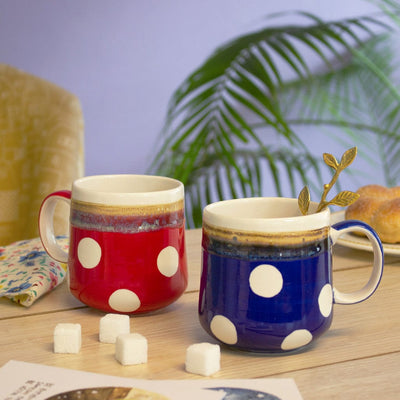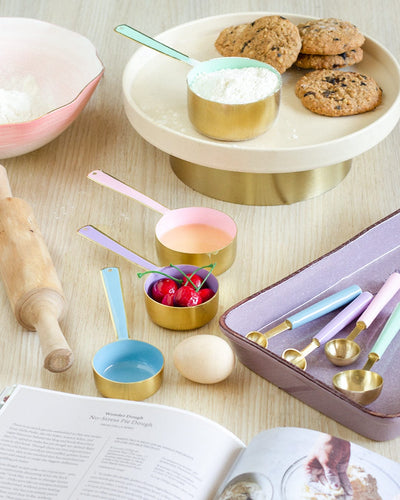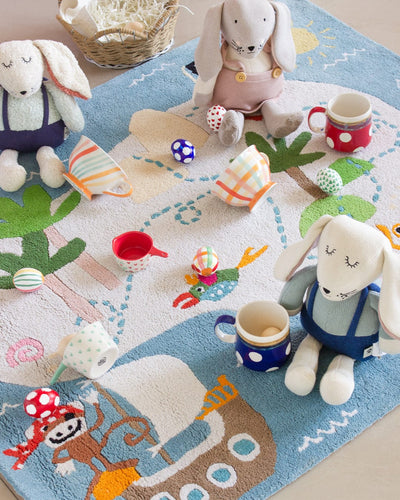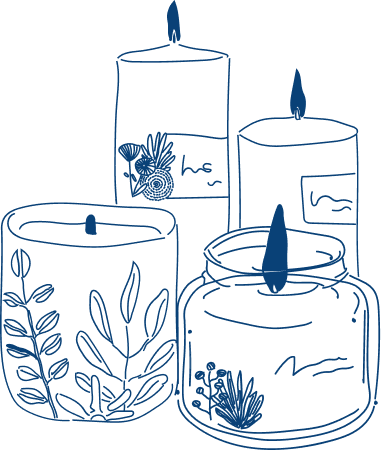Best Buds: Make Friendship With Planters And Pots
Table of contents

Decorating with vases, jugs, urns and various other containers that hold everything from your own herb garden, to flowers, hydrophytes, air-purifying indoor greens, cacti and succulents for instance, is a great way to infuse warmth, colour and in this case, literally breathe new life into your home.
The Great Indoors
Start doing your bit for the environment with small steps like getting low maintenance indoor plants. Choose between Bamboo Palm, Snake, Chinese Evergreen, Pothos and Dracaena – that’s five species, all easily available, which make an immediate and welcome impact on the air you breathe, by constantly recycling and purifying it. Use quirky planters – think large soup bowls, animal shaped terracotta pots or even traditional pickle jars – to tenderly root these. Hang them from beams or place them in nooks either in your home or office, or on your desks or wall shelves.


The best way to incentivize growing plants at home – they do take work you know; there’s watering, occasional fertilizing, dusting, weeding and let’s not forget that these requirements vary hugely depending on what you’re growing – is to find a use for them. Case in point, this writer’s own herb garden that veritably sustains her kitchen. Buy window boxes (available easily, online) and secure firmly to a balcony parapet or railing. Alternately mix and match colourful pots and planters and house them on a windowsill. Holy Basil, Mint, Coriander, Ajowan Caraway and Curry Leaves are among the easiest to grow through the year, given the heat of an Indian summer in most parts of the country.
Vertical gardens are easy-peasy and super fun. You can buy wrought iron holders or ceramic containers that are easily mounted on any wall, in several home décor stores. Succulents and ferns grow best, especially if you mix peat moss to your potting soil, but so do other low maintainence flora like money-plant or the sturdy purple heart. If you have enough sunlight, and your wall-mounted holder is large enough to hold planting pots, there’s literally no dearth to what you can grow.
Shop Orchids and Anthuriums – both are flowering plants that need neither direct sunshine nor too much water, plus they last ages on the vine. A lesser-known secret – use tender coconut water to keep the soil moist, but never soggy; not only can you skip on fertilizer, you’ll also see your blooms proliferating. All you really then need are clever planters to go with. Again, quirk works best, or if your DIY skills are up to the challenge, simply dip dye terracotta pots, decoupage them, or spray paint in bright colours.
If you’re all thumbs (as opposed to having one that’s green) and worried you’ll kill even the hardiest plant, then cacti and succulents are the way to go. House them in glass terrariums on your coffee table or plant them in a mixture of potting soil and peat moss in teacups for an adorable mad-hatter miniature garden that can go anywhere – on window sills, in a gap on bookshelves, on your desk, or on a countertop in your bathroom.
Hydrophytes or plants that grow in water are up next. Create a beautiful water feature inside your home with the most basic supplies. Invest in a wrought iron stand and a medium to large sized brass cooking vessel, best sourced by scouring antique stores or flea markets. Mount the vessel on the stand, fill with water and float bright orange and yellow marigolds or crimson roses. Alternately if your vessel is large enough you’ll find it can house free- floating water lettuce (Pistia), water hyacinths, even water lilies. You can also grow readily available money-plants in these to create a beautiful pop of colour in visually and texturally standout containers.


Source: Pinterest
Stopping at a florist’s every once in a while is a great apartment pick me up. Mix and match holders for best results. Keep your selection as diverse as possible, whether it has to do with structure, size, pigmentation or finish. Start with the basics. Collect interesting bottles and jars – their appeal might lie in their shape, colour, or simply because they’re rare to come by. Soak these overnight to peel away labels, scrub clean and voila, with a little imagination you can elevate these from the pedestrian to the unparalleled. Think multi-hued gerbera daisies in green wine bottles, peonies in clear glass mason jars, single lilies in apothecary vials, tuberoses in tea kettles… you get my drift?
When buying vases, again, go for diversity – collect blown glass, porcelain, ceramic, wood, beaten metal and look for variety in dimensions, mold and composition. Never forget that the vase itself – with or without blossoms – can become an Objet D'art. And whenever possible, buy them in pairs so they can go together on either end of a mantel, replace bookends on a floating shelf or go on your bedside tables – one on each end.
Finally there’s dried flowers or DIY blooms you can make or procure. Needless to say, paper is always prettier than plastic. Bonus: some serious karmic credit for not adding to your carbon footprint. A fun way to display artificial flowers is to yoke them to containers that are naturally rustic and of the earth. Think raku fired urns, stoneware, hollowed tubes of bamboo or distressed wooden pods. The paradox of such pairings is what lends beauty to the end result.













Leave a comment